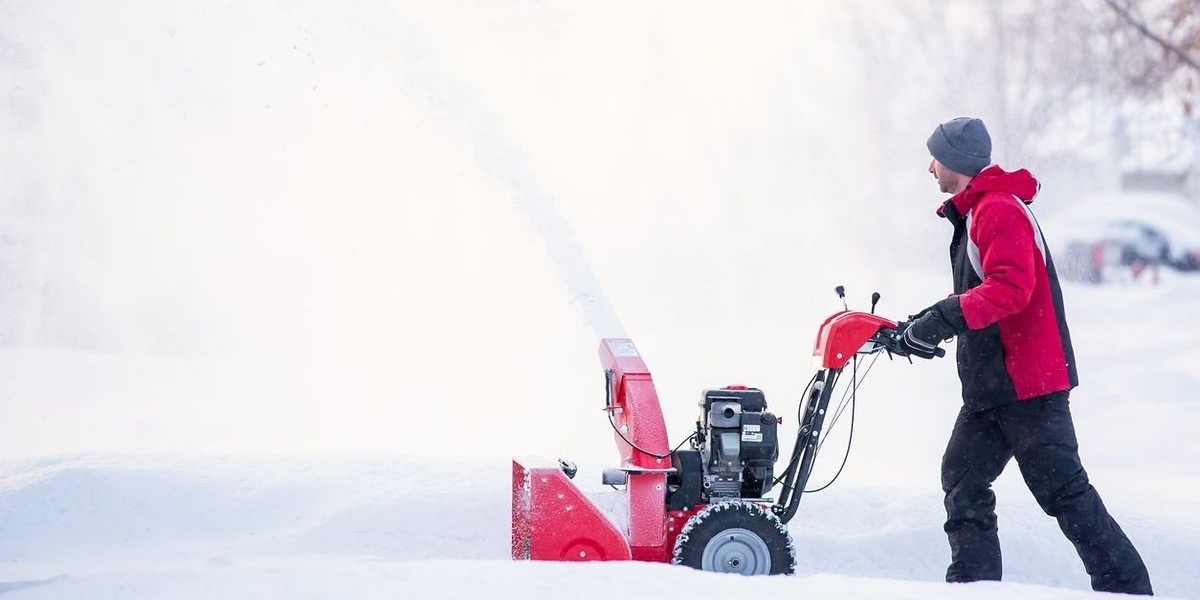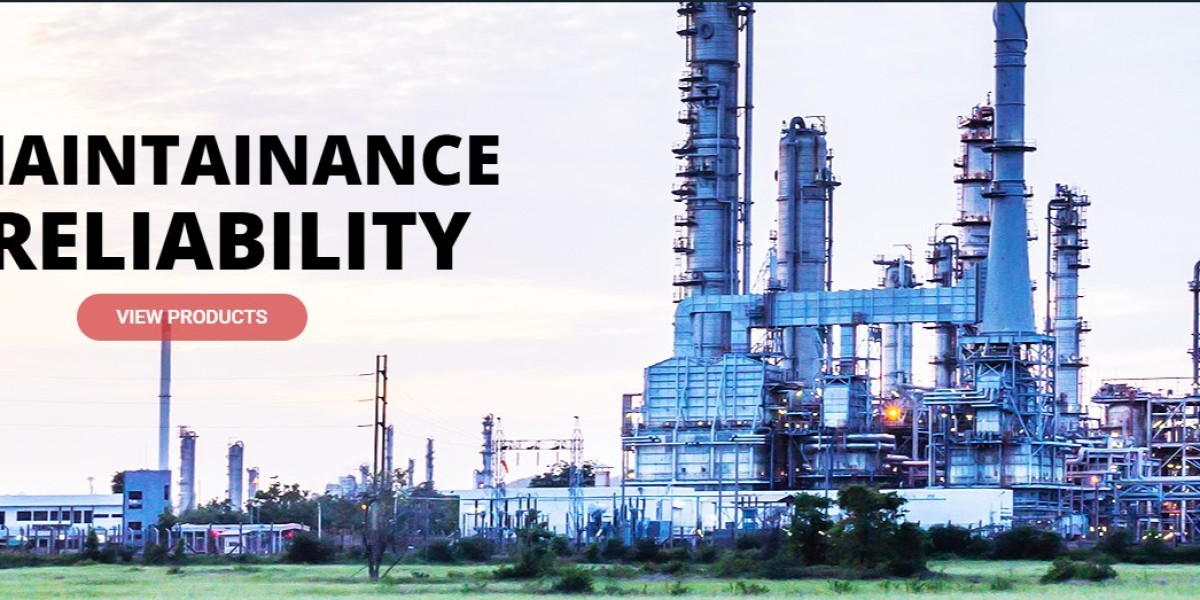I. Introduction
Winters are no longer predictable. Some regions are seeing shorter, milder cold seasons, while others are experiencing record-breaking snowstorms. Climate change is disrupting long-standing patterns, making snow removal planning more difficult than ever. For municipalities, contractors, and businesses, adapting to these changes is essential to ensure safety, efficiency, and cost control during the winter months.
II. Impact of Climate Change on Winter Weather
1. Inconsistent Snowfall Patterns
Instead of steady snowfall throughout the season, many areas are experiencing fewer snow events overall—but when storms do occur, they are often more intense. This unpredictability makes it difficult for snow removal companies and municipalities to plan budgets, resources, and contracts.
2. Temperature Fluctuations
Frequent freeze-thaw cycles are becoming the new normal. These shifts lead to more ice formation, creating dangerous road and sidewalk conditions. Additionally, shorter but more severe cold snaps can intensify challenges for both workers and equipment.
3. Storm Intensity
Heavy, wet snow has become more common. This type of snow requires more powerful and specialized equipment to handle, putting added strain on municipal fleets, contractors, and snow management systems.
III. Challenges for the Snow Removal Industry
1. Operational Planning
With unpredictable winter weather, it’s harder to determine staffing levels, equipment deployment, and supply needs. Traditional contract models—whether seasonal or per-event—struggle to remain fair and effective in such variable conditions.
2. Cost & Resource Management
The cost of materials like salt and fuel continues to rise, particularly when sudden storms force increased usage. On top of that, frequent extreme conditions accelerate wear-and-tear on equipment, raising repair and replacement expenses.
3. Safety & Liability
Ice-related hazards mean greater risks for accidents and lawsuits. Property managers and snow removal contractors face higher liability pressure, making compliance, documentation, and response times more critical than ever.
IV. Adaptation Strategies
1. Flexible Contracting Models
New approaches, such as hybrid contracts that combine seasonal coverage with per-event fees, help balance financial risks. Performance-based contracts are also emerging, ensuring that quality and timeliness are prioritized.
2. Smart Technology & Forecasting
Artificial intelligence and advanced weather modeling allow for more precise storm predictions. IoT sensors embedded in roadways and parking lots provide real-time data, helping contractors deploy crews and materials exactly when and where they’re needed.
3. Eco-Friendly Materials & Methods
As environmental concerns grow, contractors are turning to brine solutions and alternative deicers to reduce salt dependency. Preventative anti-icing applications before a storm hits can cut down on both labor and material costs.
4. Equipment & Workforce Readiness
Multi-purpose equipment that can handle both light and heavy snow is becoming increasingly valuable. Training crews for rapid mobilization ensures faster response to sudden storms, keeping roads and properties safer.
V. Broader Implications
Municipal budgets are under increasing strain as unpredictable winters drive up costs. At the same time, rising insurance and liability expenses are reshaping how property managers and contractors operate. In the long term, cities may need to rethink infrastructure to handle extreme freeze-thaw cycles and heavier storms.
VI. Future Outlook
The future of snow removal lies in data-driven strategies, advanced equipment, and sustainable practices. Electric and autonomous snow removal machinery is on the horizon, promising greater efficiency and lower emissions. As climate change continues to reshape winters, collaboration between municipalities, contractors, and technology providers will be key to building climate-resilient snow management systems.







